Posture and the perineum
Could there be a link between functional affections of the perineum and posture? Musculoskeletal pain, according to A. Foisy and colleagues has, is underestimated in the approach of chronic pelvic pain.
Patients who suffered from the perineum and a control group who did not suffer from it were studied.
The clinical examination consisted of 5 common tests in posturology:
– Unipodal stability test;
– Biomechanical analysis of pelvic translations;
– Dynamic posturo test;
– Search for pelvic myofascial syndromes;
– Search for thoraco-lumbar hinge syndrome.
51 subjects were analyzed. 26 had chronic pelvic pain (13 men and 13 women) and there were 25 controls (12 men and 13 women).
The results are very interesting!
Podal / pelvic instability has been shown to be significantly more common in perineal patients than those who do not.
Lower bow dysfunction was significantly more prevalent in the affected patients.
At the level of post-dynamic test results, the patients presented with a tendency to more generalized systemic dysfunction compared to control subjects.
Painful patients were significantly more affected by myofascial syndrome in the pelvic muscles, including the piriformis, the levator of the anus and the internal obturator.
In conclusion, the pain patients were significantly more affected than the healthy subjects by the thoracolumbar hinge syndrome.
In the light of these results, would it not be time to incorporate posturology into a global strategy for the management of small pelvic pain?
https://www.researchgate.net/publication/325600149_Incidence_des_troubles_posturaux_chez_les_patients_souffrant_d%27algies_pelviperineales_chroniques


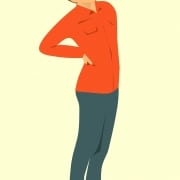

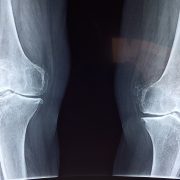
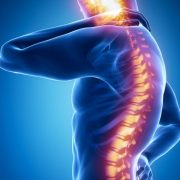
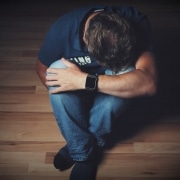


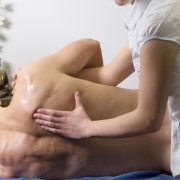
Leave a Reply